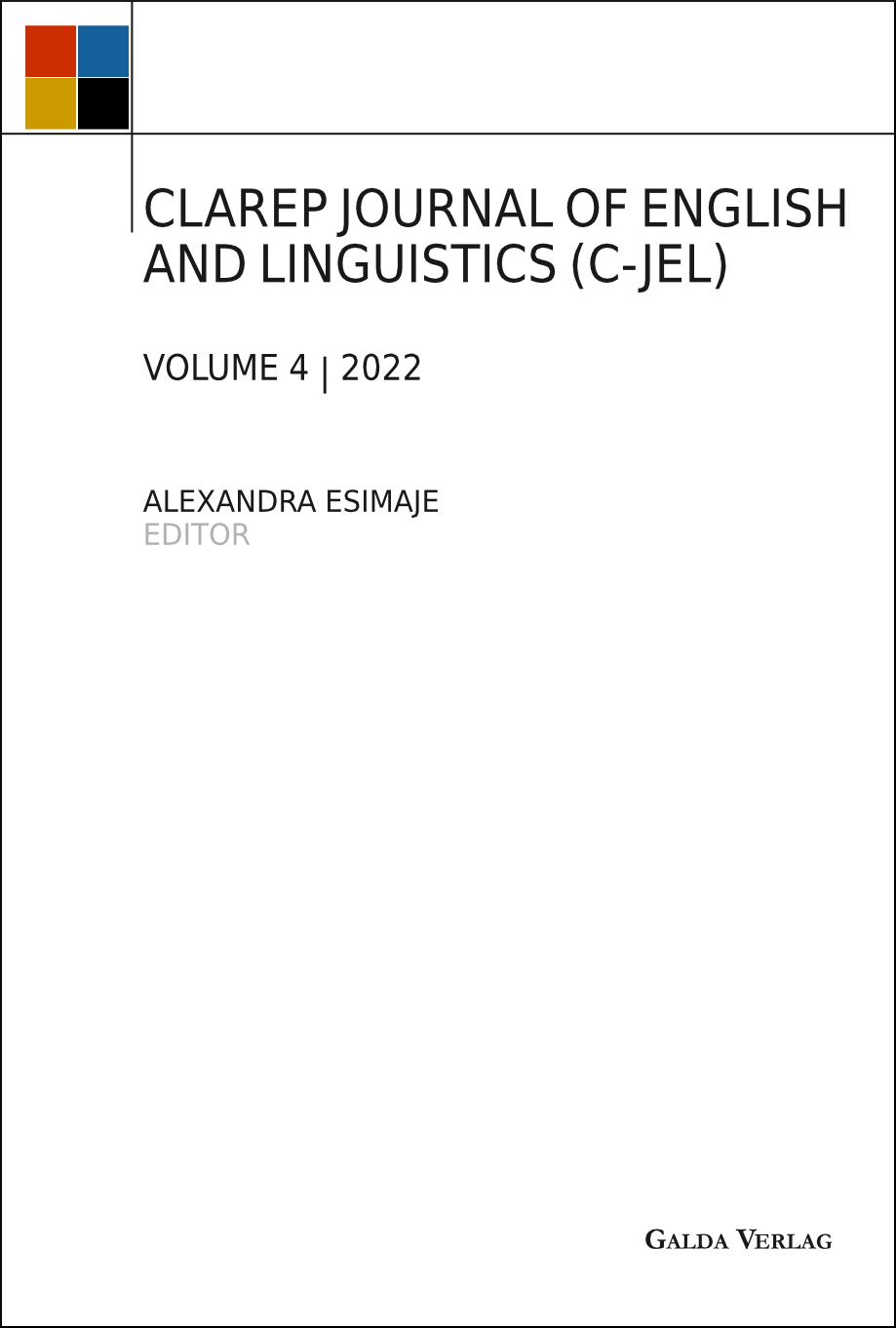Silence as a Tool for Managing Conflict in Chimamanda Ngozi Adichie’s Purple Hibiscus
CLAREP Journal of English and Linguistics (C-JEL)
Author: Sylvanus Uwamaka Ojumah
Institution: University of Delta
Email: sylvdove@gmail.com
Abstract
This paper explores the significance of silence in a conflict-charged situation as represented in Chimamanda Adichie’s Purple Hibiscus. It emanates from a hiatus perceived from existing scholarship on a specific function of silence in the novel. While a few critical assessments of the role of silence in Purple Hibiscus exist, none examines that form of human behaviour from the point of view of conflict management. This study, therefore, aims at demonstrating that conflict, which is an intrinsic part of human experience manifesting in multiple ways among individuals, groups and societies, represents a genuine and potent tool for conflict management. Using a descriptive and analytical approach with insight from Deirdre Wilson and Dan Sperber’s relevance theory of silence and Richard L. Johannesen’s “typical potential meanings” of silence, this paper stresses that silence is a language, one of the ways humans respond to conflict. And how this is portrayed in terms of a refusal to react could improve, deteriorate or keep a conflict situation tensed or calm. The silence that this paper explores is the one which emanates from a woman, particularly Beatrice, the wife of Eugene. The paper argues that though silence in a marital situation may be associated with submissiveness, passivity, docility and powerlessness, Adichie deploys it as a feminine strategy for conflict management. This resonates with the idea of women stooping to conquer within the marital space, especially that characterized by male abuse.
Keywords
conflict management; silence; speech; tool; theory
Pages: 163-175
ISSN: 2698-654-X
ISBN: 978-3-96203-247-0 (Print)
ISBN: 978-3-96203-248-7 (PDF)
DOI: https://doi.org/10.56907/gewv680j

